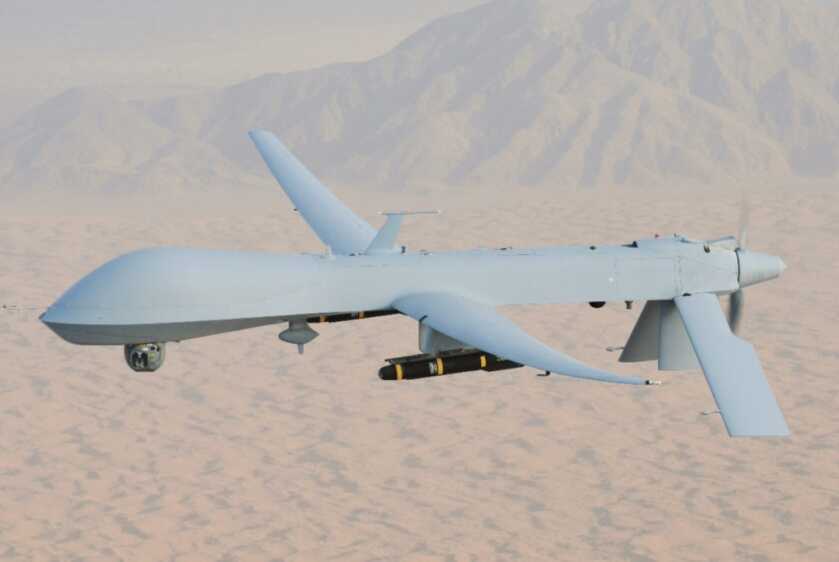
A friend of mine was one of a group of five military officers who first developed the concept of arming an unmanned surveillance drone. The Predator was originally simply a remote ISR platform. ISR stands for Intelligence, Surveillance, and Reconnaissance. In this role it revolutionized command and control on the asymmetrical battlefield by allowing covert intelligence gathering without physical risk. Then these guys decided to hang a couple of missiles under the wings, and the whole earth moved just a little bit.
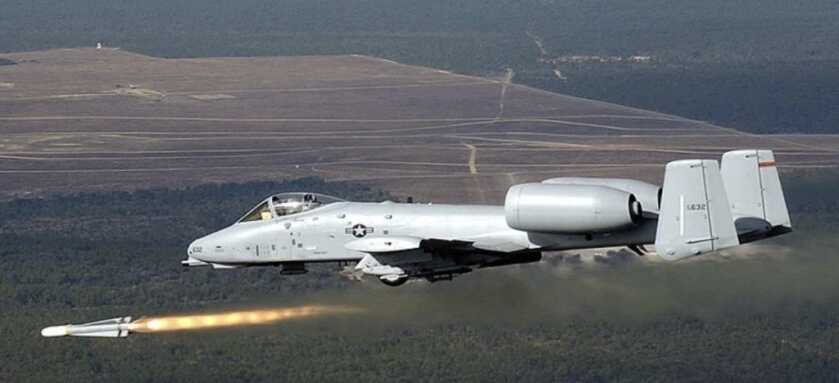
My buddy told me they first considered Mavericks. However, the AGM-65 Maverick is eight feet long and weighs around 650 pounds. That’s just too big to use on a small aircraft like the Predator. The solution came not from the Air Force, but from US Army Aviation.
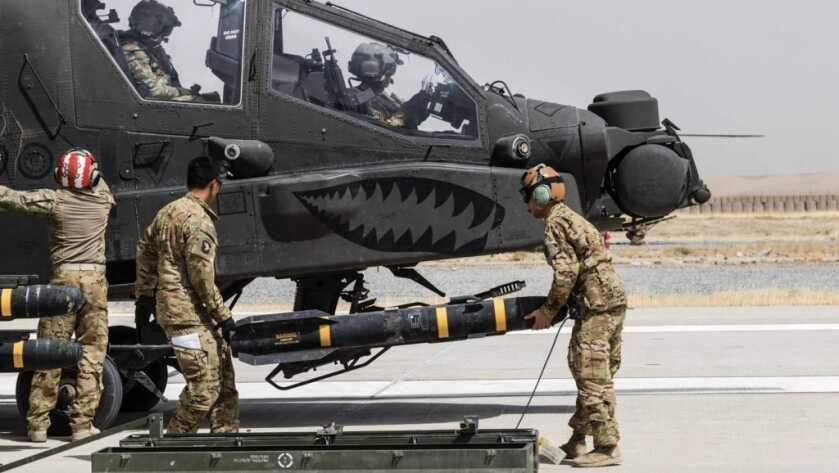
The AGM-114 Hellfire was first introduced in 1984. Hellfire stands for Heliborne Laser, Fire and Forget. The Hellfire weighs about 100 pounds and is 64 inches long. Modern versions sport a semi-active laser homing capability as well as a millimeter-wave radar seeker and can reach out to around eleven kilometers. Originally designed to kill tanks in Western Europe when launched off of AH64 Apache gunships, it turned out that the Hellfire held so much more promise if really cleverly wielded. Now hold that thought.
Some Folks Just Need Killing
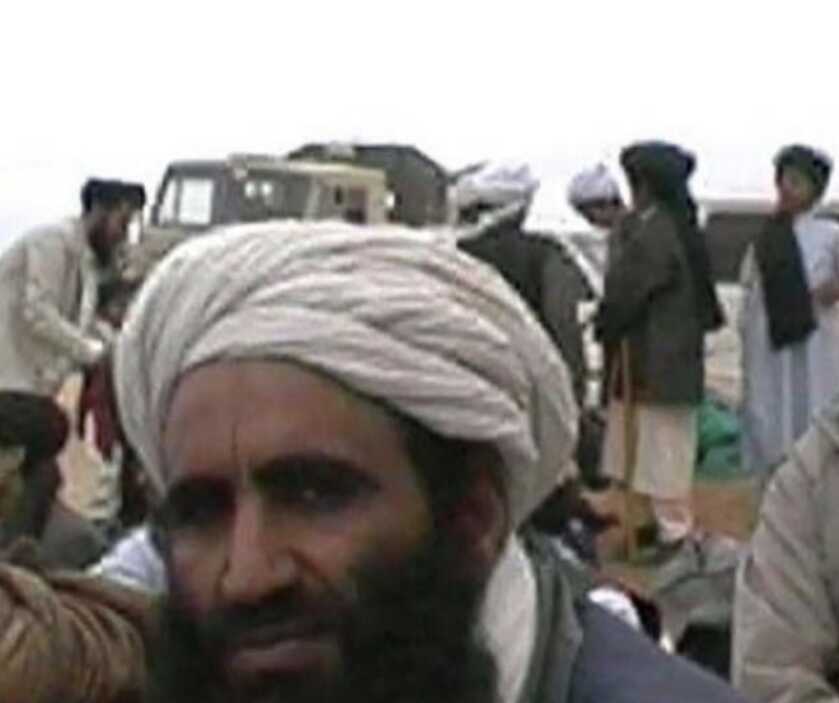
Abdullah Abd al-Rahman Muhammad Rajab Abd al-Rahman was also known as Ahmad Hasan Abu al-Khayr al-Masri. For ease of discussion we’ll shorten all that to simply Abu Khayr al-Masri. Abu Khayr al-Masri was a very bad guy. As the general deputy to the notorious al-Qaeda leader Ayman al-Zawahiri, al-Masri had his diabolical fingers in all manner of gory chaos.

Al-Masri was an old school villain who cut his teeth as a member of the Egyptian Islamic Jihad. He fled Egypt in the 1980’s to become an international slayer in the bloodthirsty terrorist game. Alongside al-Zawahiri and others, al-Masri fomented chaos from Afghanistan to Sudan.

Al-Masri did a little hard time in Iran before being released in March of 2015 as part of a prisoner swap. Anybody who gets arrested for being a terrorist in Iran has got to be a pretty horrible person. He then travelled to Syria to join the Al-Nusra Front of al-Qaeda. The following year the Al-Minaret al-Bayda media wing of the Syrian al-Qaeda branch Jabhat al-Nusra announced that the Nusra Front had severed its connections with al-Qaeda and rebranded itself the Fateh al-Sham Front. Apparently folks whose primary pastime is slaughtering innocent people struggle with their professional relationships as well.
The Hit
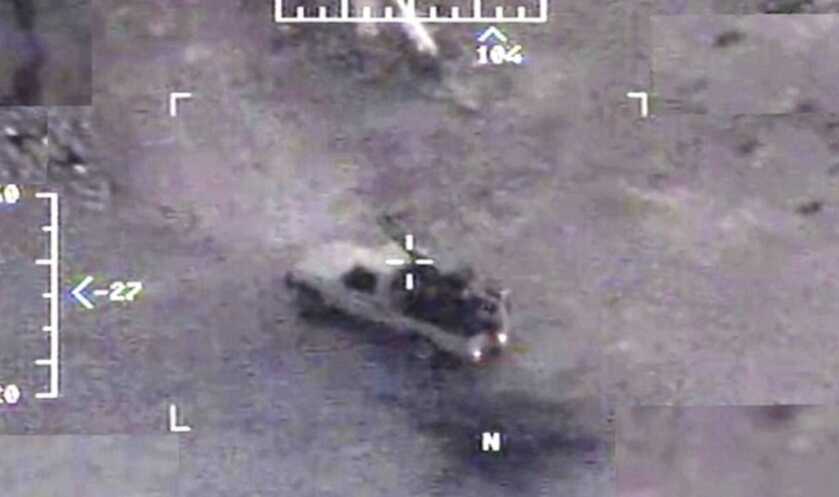
Abu Khayr al-Masri had long since passed Uncle Sam’s threshold for needing to die. On February 26, 2017, al-Masri was riding in a car alongside another Tahrir al-Sham militant in al-Mastumah in the Syrian province of Idlib. Unbeknownst to these two hardened terrorists, across the planet a highly-trained group of Air Force pilots, intelligence operatives, and electronic systems operators was quietly keeping an eye on things from high above.
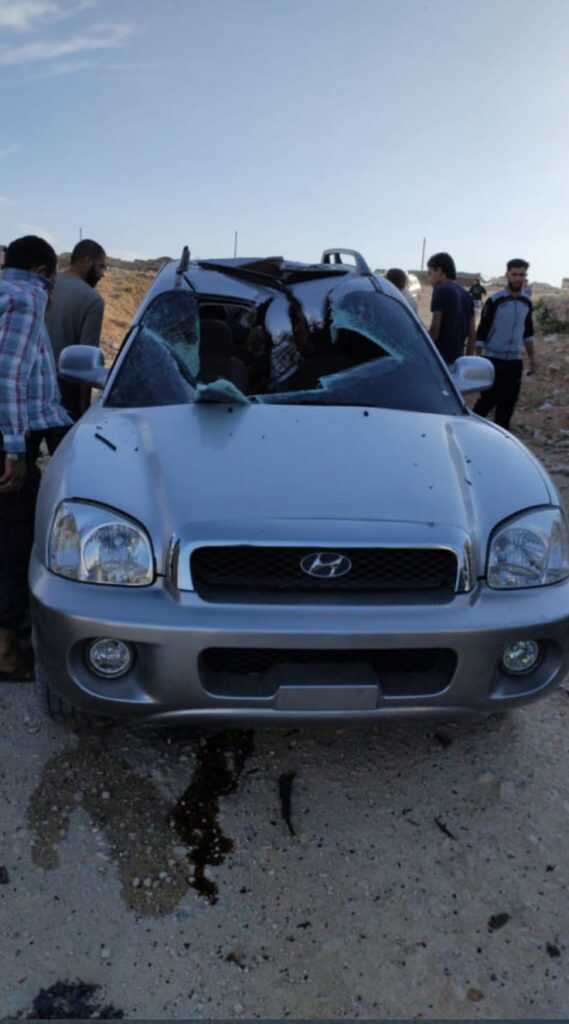
The area in and around al-Mastumah was fairly densely populated. Syria is in the running for ghastliest place on earth these days. If misery was a mineral this is the place you would go to dig it out of the ground. Bystanders later reported a loud noise, and al-Masri’s car ground to a halt amidst a brilliant flash of sparks. In a land characterized by institutional violence and martial chaos aplenty, there had been no explosion per se. In an instant, however, Abu Khayr al-Masri and his scum-sucking buddy were simply pulverized. The United States had just given the world its rude introduction to the Ginsu Missile.
The Weapon
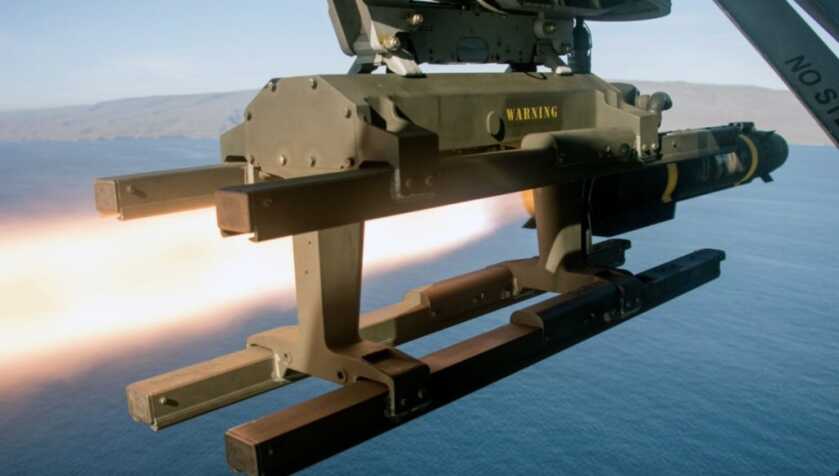
The AGM-114 began as a dedicated anti-armor weapon. The AH64 Apache or AH1Z Viper can carry up to sixteen of these puppies. The Hellfire can also be launched from ships, trucks, and manned fixed-wing aircraft in addition to UAVs. The Hellfire employs a top attack profile wherein the round climbs to a high altitude and then plunges toward a target to defeat the thinner roof armor of most modern armored vehicles.
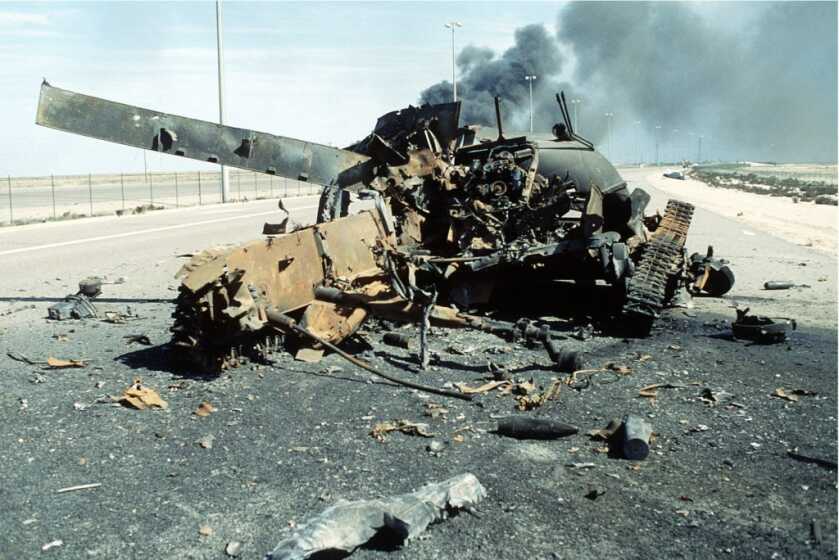
In its terminal phase the missile is supersonic at a speed of around Mach 1.3. There was a report that came out of the First Gulf War claiming that a Hellfire with a malfunctioning warhead still successfully de-turreted a T72 tank based solely upon kinetic energy alone.
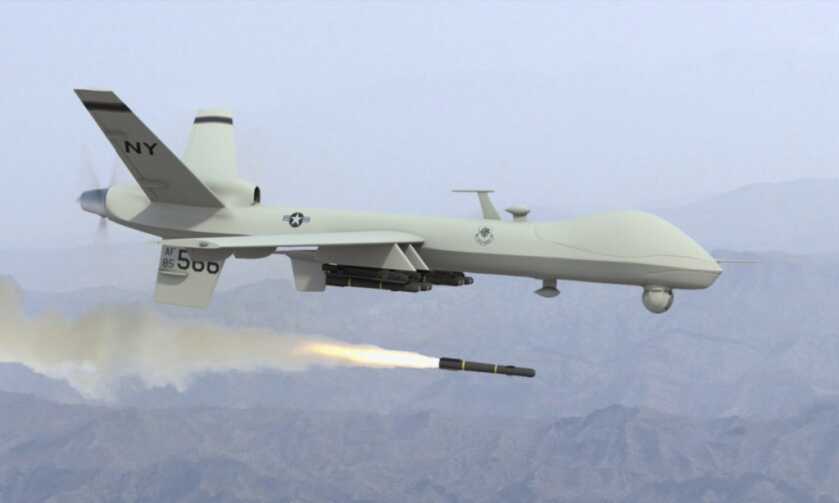
All Hellfires employ a solid rocket motor that lends itself to long-term storage. The semi-active laser homing capability allows the Hellfire to ride a laser beam fired from either air, sea, or ground designators and strike a target with simply breathtaking precision. Typical cost for a single Hellfire missile ranges from $99,600 up to $150,000 per round.

Hellfire warheads typically weigh about twenty pounds and come in a wide variety of flavors. The original HEAT (High Explosive Anti-Tank) round employed a shaped charge to defeat conventional armor. Current Hellfire II variants are modular to accommodate an array of payloads. A subsequent round employs a tandem charge to defeat explosive reactive armor systems of the sort widely used on Combloc tanks. Once the Hellfire began to be used against individuals, however, the shaped charge warhead was found to be suboptimal.
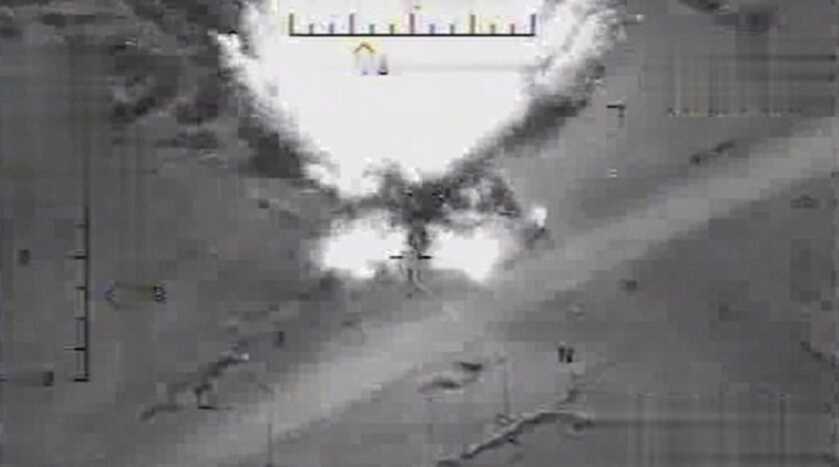
The initial solution was simply to encase the warhead in a metal sleeve formed from either steel or tantalum. This material would fragment upon detonation and significantly increase the round’s antipersonnel effects. Later dedicated versions employed thermobaric warheads to sterilize enclosed spaces like vehicles and caves. The AGM-114N (MAC) was designed for use against soft-skinned targets like buildings and ships and utilizes a Metal Augmented Charge that creates a sustained pressure wave with delayed fuse capability. The most modern Hellfire variants even sport a programmable warhead that can be optimized for various targets on the fly.

The Israelis have even used the Hellfire to score air-to-air kills. One round destroyed a UAV while another was used to violently disassemble a weaponized Cessna flying out of Lebanon into Israel presumably as an airborne suicide bomb. In both cases the Hellfire antitank missile did a fine job in the air-to-air role.

One of the perennial challenges associated with using the Hellfire in a built-up area was minimizing collateral damage to nearby noncombatants. In wars past such stuff was a secondary consideration to accomplishing the mission. The incineration of both Dresden and Tokyo during World War 2 stand as stark examples. Nowadays, however, on a battlefield liberally populated with cell phone cameras and embedded reporters a civilized nation can lose a war based upon a handful of poignant images. These concerns drove the development of the AGM-114R Hellfire II (Hellfire Romeo).
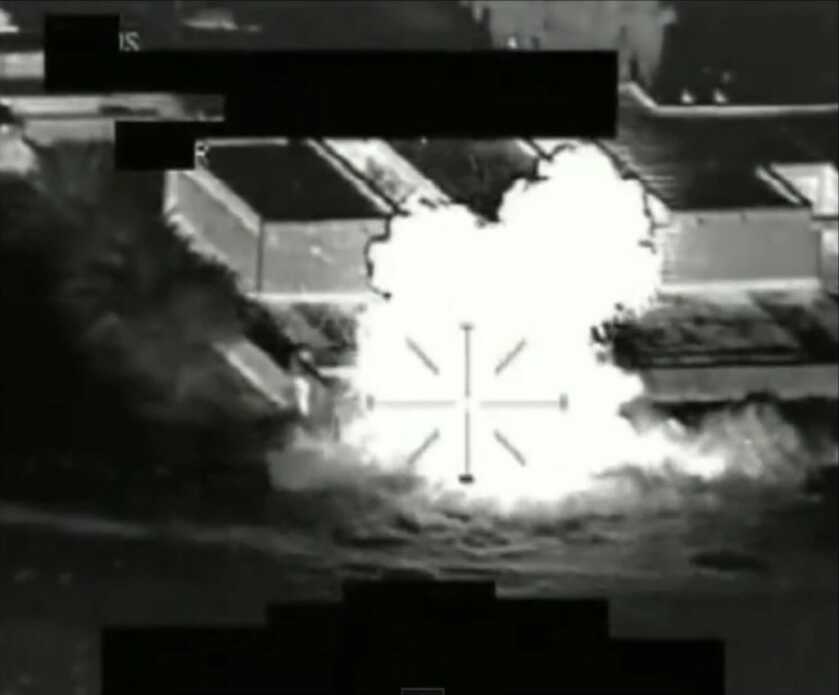
The AGM-114R employs a multi-function warhead with a reduced explosive weight specifically designed to minimize collateral damage. This weapon is not nearly so destructive as more conventional Hellfires, but it yet remains a fairly blunt instrument, particularly in a congested urban space. The answer to this timeless quandary is the AGM-114R9X.
The Ginsu Missile
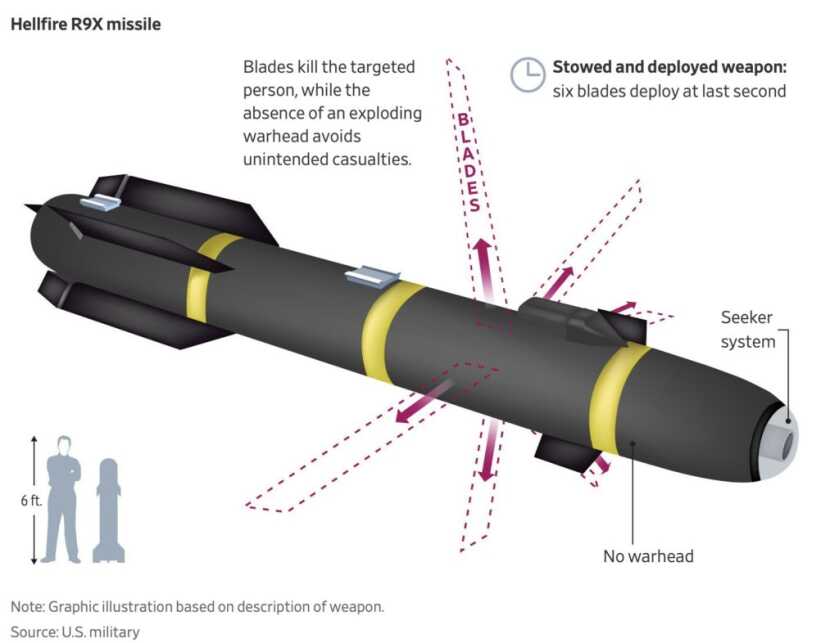
The DOD is justifiably tight-lipped about this thing. The AGM-114R9X was purportedly first deployed in 2017. As of September 2020 it was estimated that this specialized weapon had only been used operationally maybe half a dozen times. The Hellfire R9X eschews a warhead of any conventional sort. In lieu of explosives this diabolical rascal employs six deployable blades that pop out of the central chassis of the weapon just before impact.
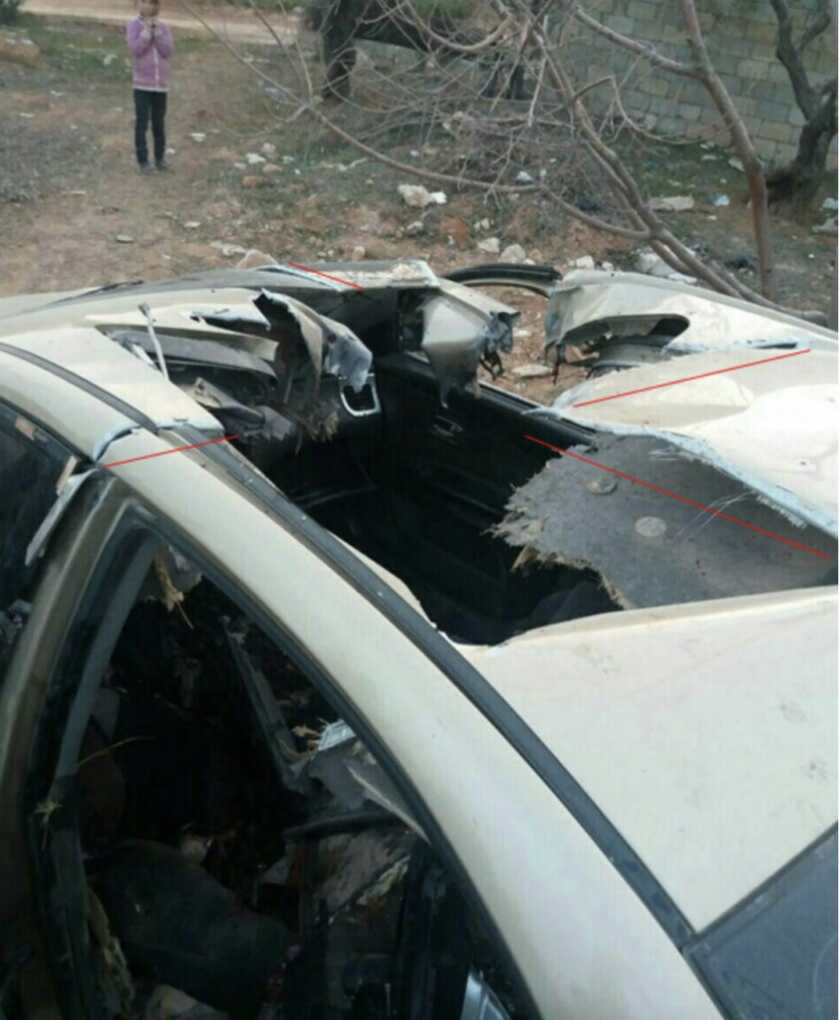
A 100-pound cluster of knives travelling at Mach 1.3 makes an undeniable mess, but it does indeed minimize destruction outside the immediate footprint of the impact point. The R9X spawned from an Obama-era initiative to rein in the sort of rampant destruction American drone strikes were inflicting in war zones around the globe. By all accounts the R9X has been fabulously successful.
The Strike

Post-strike photos of Abu Khayr al-Masri’s car are insightful. The vehicle appeared to have been struck by two of the weapons. There is a brace of star-shaped holes in the roof of the car, one of which extends into the windshield. However, the windshield wipers remain intact despite their obvious close vicinity to the impact point. A shot from the outside of the car shows where at least one round penetrated all the way through and left a crater in the ground. The car seemed to have rolled a short distance past the impact point prior to stopping.

I thankfully haven’t encountered any photos taken of the inside of the car before what remained of al-Masri and his buddy was removed. However, it doesn’t take a great deal of imagination to visualize what that must have been like. Suffice it to say a top-down strike from a pair of AGM-114R9X missiles didn’t exactly enhance the car’s resale value.
Ruminations

The term Ginsu Missile is drawn from the family of Ginsu knives that was sold via 1980’s-era infomercials back in the days before the Internet. I recall these preternaturally sharp knives being used to cut such stuff as rope, tree branches, tomatoes, and beverage cans purportedly without losing their edge. The AGM-114R9X has also been called the Ninja Bomb.
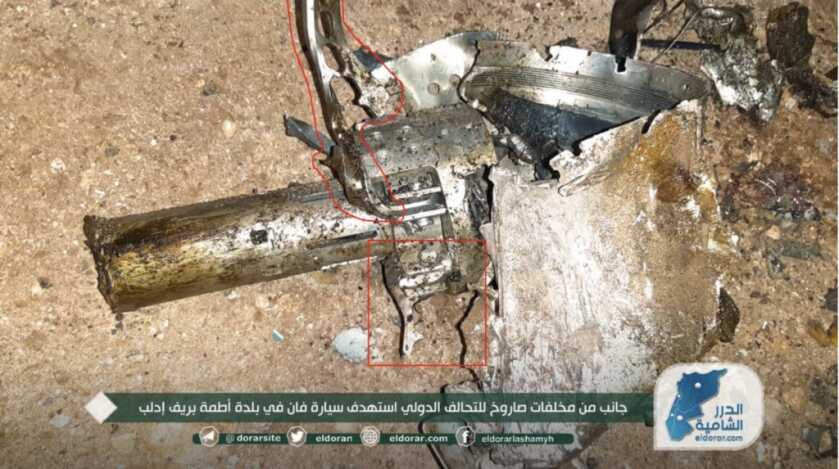
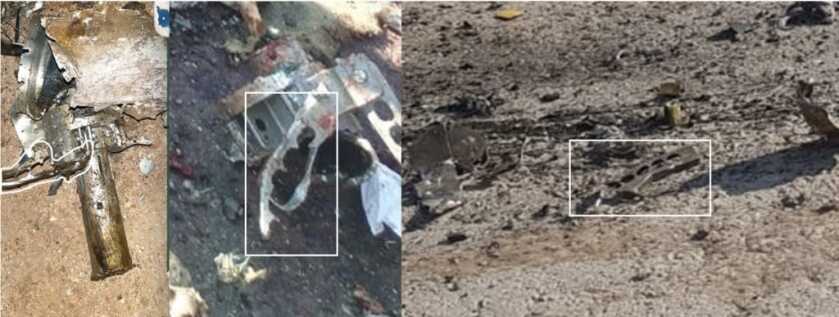
As a former soldier myself, I am a great fan of drone strikes. Such technology allows us to neutralize those who wish us ill without risking warm vulnerable American flesh in the process. Not surprisingly, those on the receiving end find lethal American drone capabilities a wee bit disturbing.
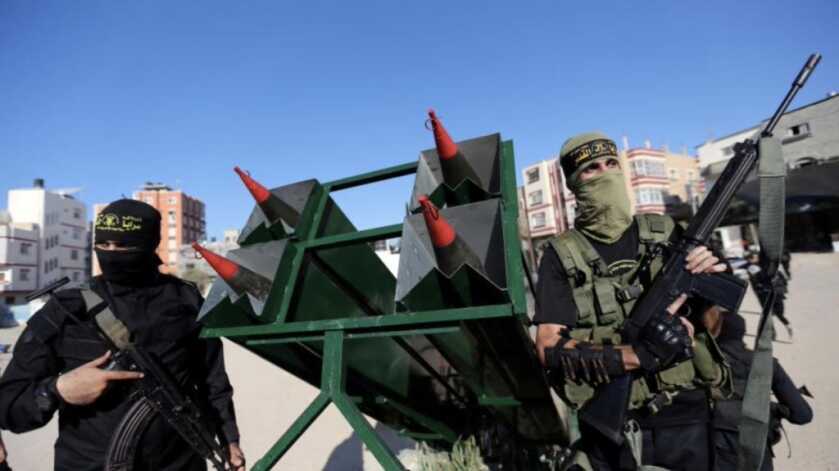
Imagine living in a world wherein you could be driving in a blacked-out vehicle across the open desert at 0200 in the morning only to find a whirring four-foot cluster of hardened steel blades crashing down on your head at 1.3 times the speed of sound. That the enemies of our Great Republic find such an eventuality unduly frustrating isn’t the sort of thing that keeps me up at night. The Ginsu Missile is the sort of advanced Information Age weapon for which I might be willing to pay extra taxes. ‘Merica.


How long before it’s used here against “domestic terrorist “?
Great article, Will. I imagine that photos of the blade assembly prior to impact are scarce. I’m imagining something akin to a giant mechanical broadhead. I wonder if the archery apparatus served as inspiration.
muzzratz love swords that are choppy. well,so do we.
‘MERICA!
After what I saw in 2 1/2 years in Iraq and three shorter assignments in Afghanistan, as well as 13 total years working in other Mideast countries, the author hit the nail on the head as far as terrorists are concerned. There’s no question who the “dark god” they worship is.
Is this the same kind of missile that was used when O’bama ordered the execution of a US citizen without a trial or any other due process?
Anwar al-Awlaki was his name. Born in US(N.M.)active at Colorado State University before going to Yemen.
He definitely exercised his 1st amendment right to speak freely. I don’t know if that counts over there?
God bless you and your mighty pen, Dr. Dabbs.
Brilliant review of my favorite gadget.
A pity no photos of the beast are available.
Hopefully the DOD is saving one example for the great dictator
Vladimere Poon-tang!!!